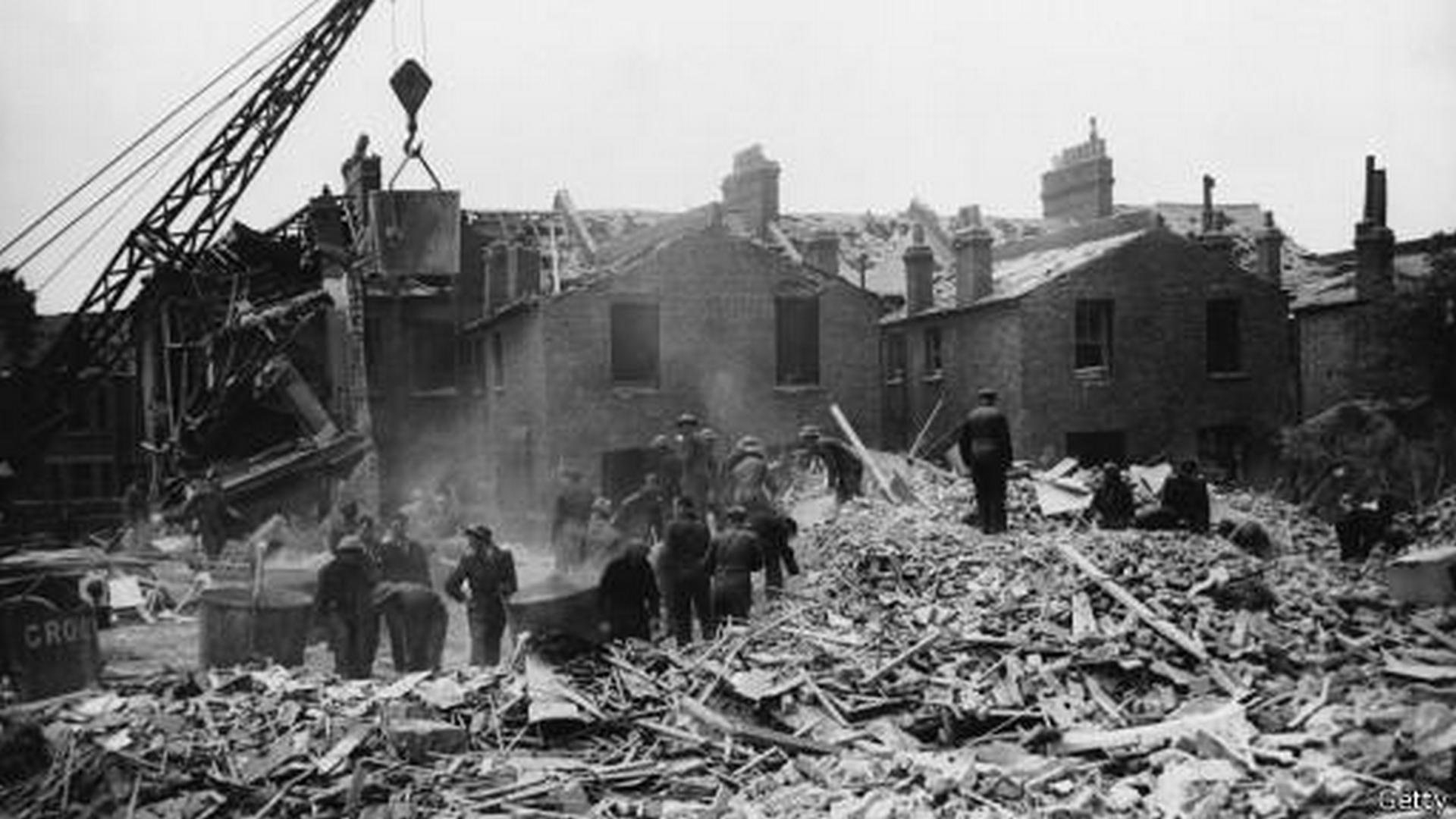V-1 (Fau-1)

On June 13, it was 80 years since the first combat use of the V-1 (Fau-1) – the world's first mass-produced cruise missile. On that day in 1944, the Nazis launched at least 10 rockets towards England. Of these, 5 crashed immediately after launch, one disappeared without a trace, and 4 reached the British Isles, but only one caused casualties – in the Bethnal Green area of London, killing 6 people and injuring 9 others.
The name "Fau-1," adopted in domestic literature, comes from the first letter of the word "Vergeltungswaffe" (retaliation weapon), which in German is pronounced "fau." In the terminology of those times, it was a flying bomb or an aircraft missile. This unmanned device was created by a small company called Fieseler, where it was internally designated as Fi 103.
The focus was on maximum simplicity. The V-1's airframe was made of thin steel sheets, and plywood was used for the wings, which had no ailerons. The propulsion system was a pulsejet engine Argus 014, which had no rotating parts. Low-octane gasoline was used as fuel, and it was fed not by a pump but by creating increased pressure in the fuel tank with compressed air from a cylinder. The missile's control system was also pneumatic. Three gyroscopes were used to stabilize it in space – their manufacturing required the use of high-tech equipment of that time.
The V-1 was launched using a 50-meter-long catapult. An air launch from a He 111 carrier aircraft was also practiced. The missile's flight speed reached almost 650 km/h, its range was up to 280 km, and its altitude varied from 300 to 2000 meters, but usually not higher than 1200. The launch weight reached 2750 kg, of which up to 950 kg was explosive. Due to the fundamental flaws of the primitive guidance system, accuracy was extremely low – plus or minus 5-10 km. Therefore, the targets were only large objects, such as London.
It was planned to build 60,000 V-1s. However, according to various sources, from 25,000 to 33,000 were actually produced. Researchers provide very different statistics regarding the use of these missiles against Britain. The generalized picture looks like this: from June 13, 1944, to March 29, 1945, about 10,500 V-1s were launched, of which almost 29% did not reach the British Isles, and of those that did, 53% were shot down. Nearly 3640 rockets were shot down by anti-aircraft artillery and fighters, up to 278 crashed into barrage balloons, and at least 33 were shot down by the Royal Navy's air defense.
However, up to 3500 rockets fell on British territory. Of these, about 2420 reached London, killing over 6000 people and seriously injuring another 17,000. Portsmouth, Southampton, Manchester, and other cities were also attacked by V-1s, but the casualties and destruction there were relatively minor.
Much less is known about the fact that the Germans launched about 12,000 V-1s at Belgium, even more than at Great Britain. The main target was Antwerp with its strategically important port, which was hit by almost 8700 rockets, and the last of them fell on the city on March 28, 1945. Liège and Brussels were also under attack. In total, 4683 military and civilian people were killed by V-1 strikes in Belgium, and another 10075 were injured.

 Fan-page
Fan-page Youtube
Youtube TikTok
TikTok Aviamuseum
Aviamuseum State Aviation Museum
State Aviation Museum


